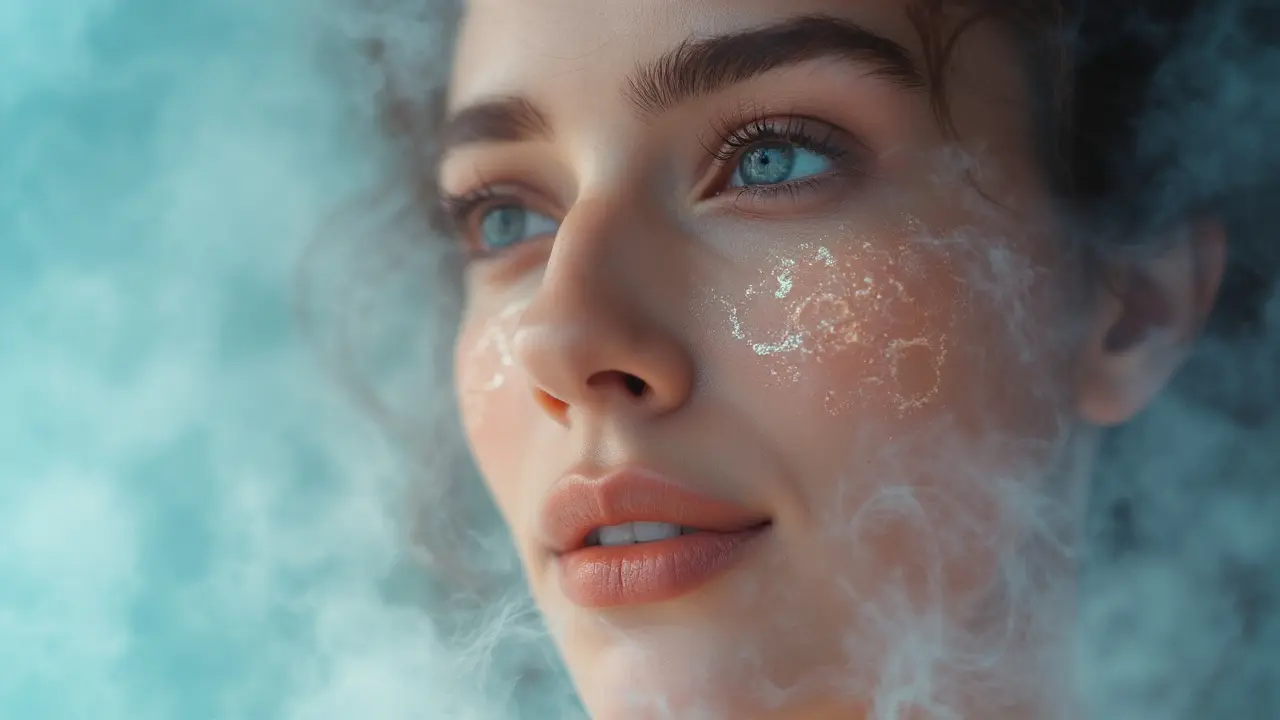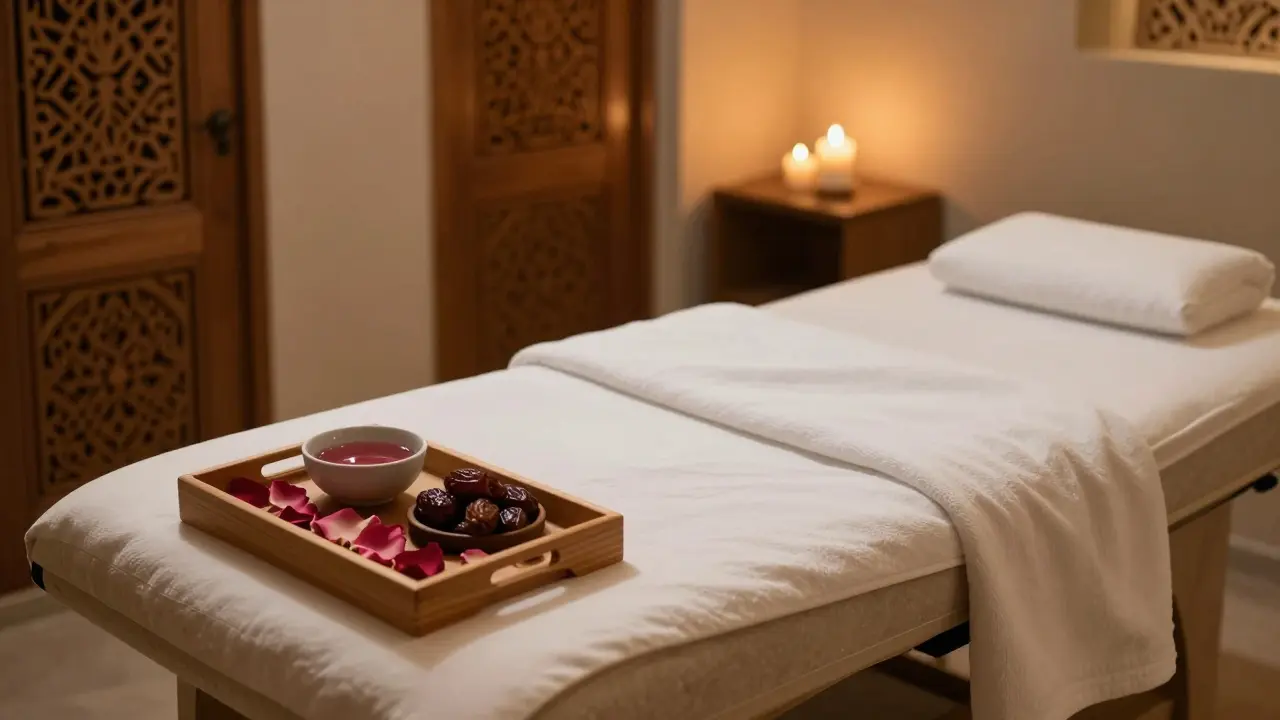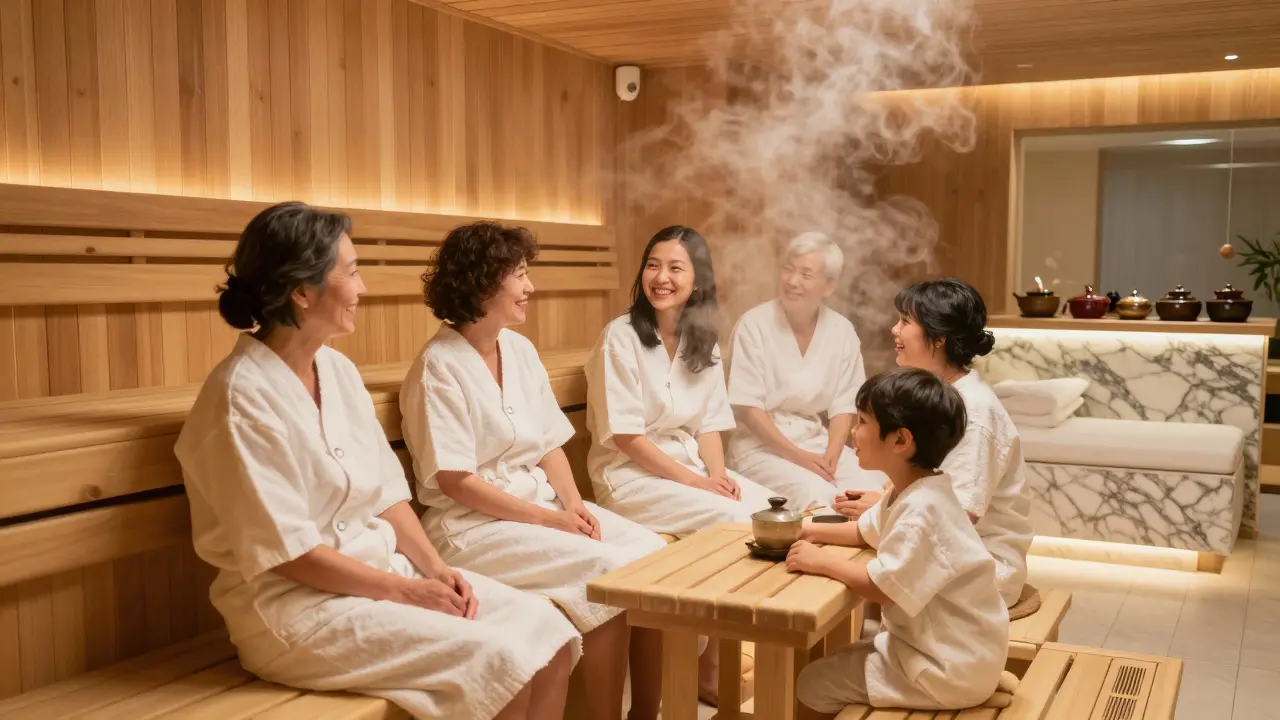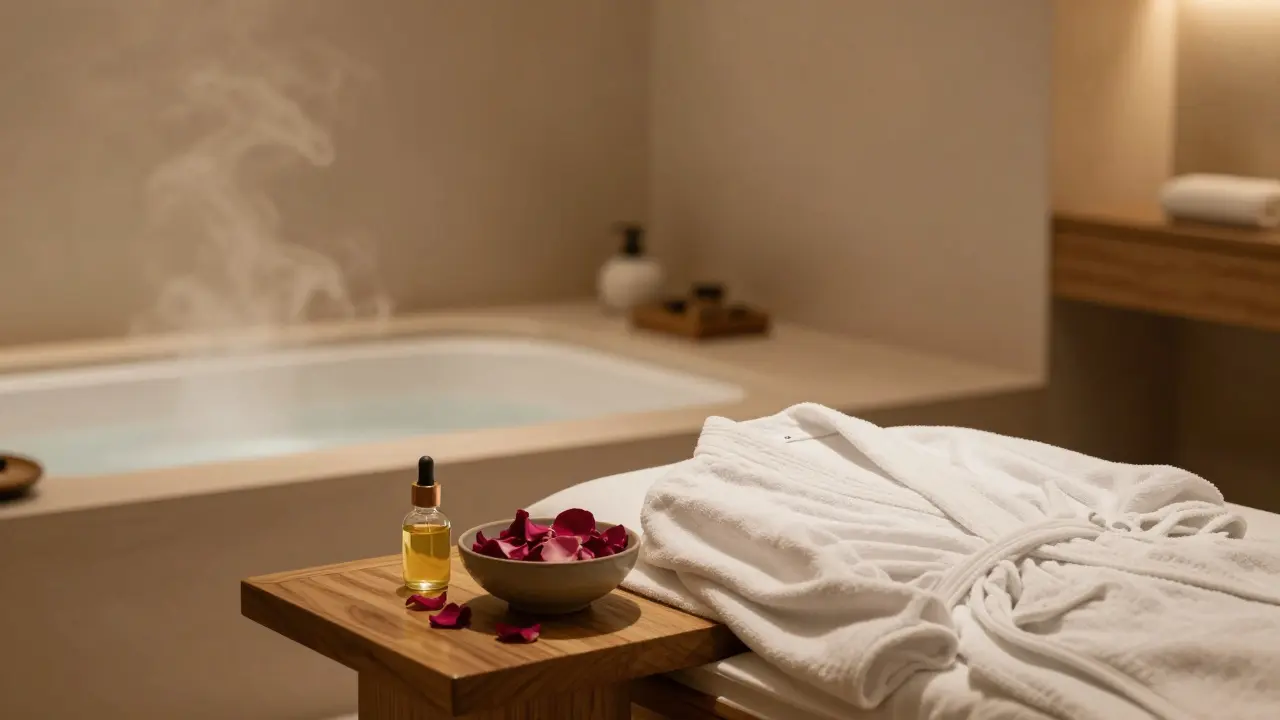Picture this: you step into a steam room for a dose of relaxation, maybe hoping your skin will thank you with extra glow at the end. But as the warmth hugs your body and sweat beads on your face, a question nags at the back of your mind—does all that steam actually clog your pores, or is it the best way to get clean, healthy skin?
What Happens to Pores in a Steam Room?
Let’s dig into what’s really going on under all that steamy bliss. When you hit the steam room, your body temp rises fast, and sweat starts to pour out. Here’s the magic: heat and moisture make the skin’s outer layer softer. Pores seem bigger because of softening dead skin and all the sweat pushing out. Truth is, your pores don’t open and close like windows. The idea that steam makes them big enough to throw out junk—mostly a myth. But it does make oil and debris easier to remove.
While you’re in there, your skin is working overtime. It’s producing sweat as a way to cool you off, but that same sweat can help wash away dirt, bacteria, and tiny dead cells that chill on the skin’s surface. Instead of clogging, most experts say steam is pushing gunk outward, not inward. But here’s where it gets tricky—if you wipe your sweat with a dirty towel or skip showering right after, all that newly loosened stuff can stick around and go right back into your pores. Yuck.
Steam Room Myths: Do They Actually Clog Skin?
Some spa goers are convinced walking out of a steam room means blackheads are guaranteed, while others swear their skin breathes easier. Here’s what science says: as long as you keep your face clean afterward, you’re probably not clogging pores. No scientific study has shown that healthy, hydrated steam clogs skin—unless sweat dries and traps dirt again. Dermatologists warn that letting sweat sit around too long can mix with leftover makeup, sunscreen, or heavy creams and build up in pores.
Found a research article from 2023 about spa users: about 85% said their skin looked “fresher” after steaming, but about 10% said they broke out after not cleansing properly post-steam. Sometimes, people blame the steam but forget to look at what they did after the session. The real problem often isn’t the steam—it’s bad aftercare. If your skin is super sensitive or you have serious acne, steam rooms could irritate things, but they aren’t dumping grime into your pores on their own.
Does Steaming Really Help With Blackheads Or Acne?
Let’s spill some tea: steaming is not a miracle cure, but it does help soften blackheads and boost exfoliation. When moisture and warmth team up, that top dead layer gets mushy, making extraction a lot easier (no squeezing, though, or you’ll just get irritation). Estheticians at top Dubai spas often use steam as a prep step before facials for exactly this reason. Still, steam isn’t cleaning the deep stuff living way under your skin—think of it as prep work, not the whole job.
If you’re scrub-happy or love strong acids, mix those with steam sparingly. Overdoing both can leave your skin dry, red, or more prone to breakouts. Steam can temporarily make skin more permeable, so good ingredients soak in better, but the same goes for irritants. For acne-prone skin, short sessions (no more than 10–15 min), followed by a gentle wash, work best. Even the American Academy of Dermatology says regular cleaning after sweating in steam rooms is key to keeping breakouts at bay.

Best Ways to Use Steam Rooms for Glowing Skin
If you want glowy, happy skin after a steam session, here’s how the pros do it:
- Shower before steam: Clean skin first means less bacteria to sweat out.
- Go makeup-free: Steam + makeup = possible breakouts and clogged pores.
- Limit your session: 10–20 minutes tops. Less is more if you’re new.
- Use a clean towel: Dab, don’t drag, to avoid pushing dirt back in.
- Rinse off right after: Use lukewarm water to wash away loosened dirt, sweat, and oil.
- Moisturize fast: Steam makes skin lose hydration, so a light, non-comedogenic moisturizer is a must.
- Stay hydrated: Drink plenty of water—steam rooms can make you lose lots of fluids fast.
Bonus tip from Dubai spa insiders: After a steamy session, a quick cool-down shower not only feels good but helps close up and soothe your skin.
Real Benefits and Risks of Steam Rooms for Different Skin Types
People with dry skin or rosacea need to be extra careful. Steam can leave these skin types feeling stripped or flared up. On the other hand, if your skin is oily or you get clogged pores easily, moderate steam use (plus fast rinsing and good aftercare) can actually make your skin look and feel smoother. Think of the steam as a “reset”—not a daily routine. People with eczema, severe acne, or other skin conditions should check with a dermatologist before using steam rooms.
Want the numbers? Check out this table for a quick breakdown:
| Skin Type | Steam Benefits | Potential Risks |
|---|---|---|
| Oily/Acne-prone | Loosens oil and debris, makes pores appear clearer | Can trigger breakouts if not washed off |
| Dry | Temporary softening, better absorption of moisturizers | Increased dryness, loss of moisture barrier |
| Sensitive/Rosacea | Can improve circulation (rarely) | Redness, irritation |
| Normal/Combination | Helps with exfoliation, healthy glow | Rare; dryness if steam is too frequent |
For spa days, pair your steam with gentle, non-abrasive products and avoid using anything harsh right after. Steaming can be your ally in the quest for better skin, but only if you do it smart.
Steam Room Tips for Optimal Skin Health
Here’s a pro move: don’t jump right into your skincare after steaming. Give your skin a few minutes to cool, then apply a serum or moisturizer. Vitamin C serums or hydrating serums with hyaluronic acid work well right after the steam, locking in that fresh, dewy look. Always skip super heavy oils that could trap sweat and debris.
Don’t use the steam room every day—it’s tempting, but your skin needs a break. Two or three times a week is plenty for most folks. If you’re at a luxury Dubai spa, ask if they offer post-steam facial cleansing. Many top spas have custom steps to match your skin’s needs.
And remember, if your goal is to keep skin clear, healthy, and happy, regular gentle cleansing, hydration, and sun protection are just as important as the steam room ritual. Steaming is fun and feels amazing after a stressful day, but it’s not a skin miracle. It’s a tool. Use it well, and your face will love you for it.

FAQ
- Will a steam room remove blackheads?
Steam helps loosen blackheads, making them easier to remove, but doesn't clear them out on its own. - Can steam rooms cause acne breakouts?
Only if you don’t wash your skin after steaming and let sweat, oil, and makeup dry on your face. - How long should I stay in a steam room for healthy skin?
Stick to 10–20 minutes per session to avoid irritation and dehydration. - Is it safe to use a steam room with sensitive skin?
If you have sensitive skin or rosacea, use steam rooms with caution and limit exposure, or talk to your dermatologist first. - Should I moisturize after steam room use?
Yes, applying a gentle, hydrating moisturizer helps lock in moisture and protect your skin barrier.









